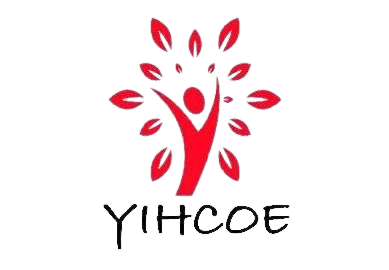Community-Led Monitoring (CLM) programs are revolutionizing how health services are evaluated and improved, particularly for key populations across various countries. These initiatives empower community members to monitor and provide feedback on healthcare services, ensuring they meet the needs of those who use them.
How CLM Works
CLM involves community members in collecting and analyzing data about their health services. This grassroots approach ensures that feedback is not only from the perspective of those directly affected but also relevant and actionable. The process typically includes:
- Data Collection: Community members visit health facilities, observe services, and collect feedback directly from users through surveys, interviews, or innovative tools.
- Analysis and Advocacy: The gathered data is analyzed to identify service gaps or successes. Community groups then advocate for changes based on this feedback, working with health providers and policymakers.
- Feedback Mechanisms: Tools like “Ma Box,” an online feedback system, allow for detailed, personalized input from users. Unlike traditional scorecards, Ma Box captures nuanced experiences, providing a richer dataset for improvement.
The Importance of CLM
- Empowerment: It gives voice to key populations, often marginalized in health discussions, fostering empowerment and ownership over health outcomes.
- Quality Improvement: Direct feedback leads to tailored improvements in service delivery, responsiveness, and quality, ensuring services are more patient-centered.
- Accountability: CLM holds health systems accountable, ensuring services are equitable and respect the rights of all users.
Insights from Pilot Programs
- In South Africa, a CLM initiative led to significant improvements in HIV service delivery at monitored sites, including better staff attitudes and reduced waiting times.
- In Nepal, community feedback directly influenced the introduction of more sensitive gender-affirmative care in health centers.
- Brazil has seen CLM contribute to policy changes, enhancing the integration of community perspectives in public health strategies.
Real-World Impact
- Testimonial from a Community Member: “Before CLM, my voice was lost in the system. Now, my experiences help shape the services that affect my life daily,” said Alex, a transgender individual from a rural community.
- Health Worker Perspective: “The feedback we get through CLM has been eye-opening. We’ve made changes in how we communicate with patients, leading to better trust and engagement,” noted Dr. Maria from a local clinic.
CLM has shown that when communities are directly involved in monitoring health services, the feedback loop becomes more than a formality—it becomes a catalyst for real change. Facilities adapt based on this feedback, leading to better health outcomes, increased user satisfaction, and a more inclusive healthcare system. This model proves that listening to the community isn’t just beneficial; it’s essential for creating health services that truly meet diverse needs.
